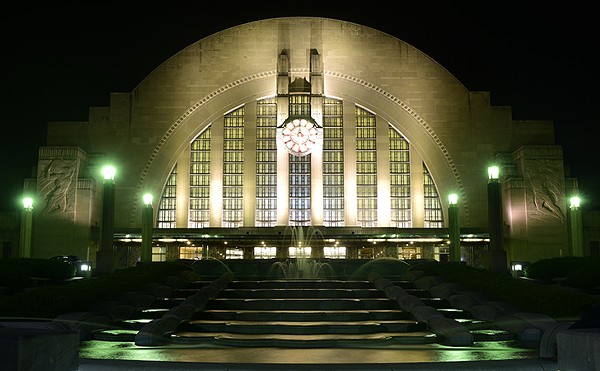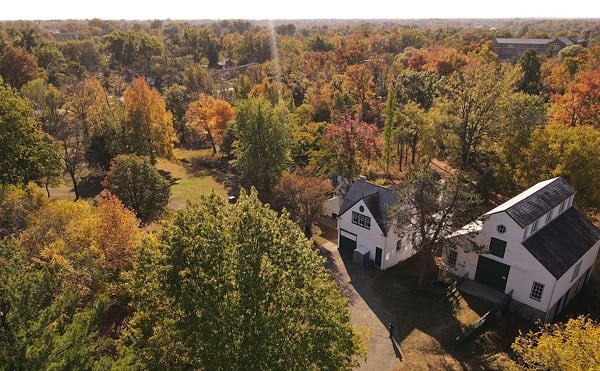Critic's Pick
In what could easily have become an exhibition larded with cuteness, Children in American Art at the Dayton Art Institute instead provides an unusual journey through changing concepts of childhood in America.
It begins with a strange and stiff little figure from the 17th century, “Robert Gibbs at 4-1/2 Years.” Young Gibbs appears as a miniature adult, in the fashion of the times, holding gloves as his father might, painted by an artist known only as the Freake-Gibbs painter.
Children continued to be seen as grown-ups throughout the 18th century. John Singleton Copley — far more sophisticated than the Freake-Gibbs artist — turned out a pair of precocious sisters, “Mary and Elizabeth Royall,” so elegantly dressed that their purpose might be to advertise the family fortunes. The transplanted Scotsman, John Smibert, portrayed three brothers in a portrait for the record, including one who had died five years before and who here has an otherworldly look.
One wonders if ordinary life had become easier by the time 1800 rolled around, as children now are allowed to be children and can be seen actually having fun. Ralph Earl’s “Stryker Sisters” shows the awkwardness this painter never escaped, but the girls are alive. Samuel B. Morse skates close to sentimentality with “Little Miss Hone,” a good child feeding a well-behaved kitten, but we can’t help smiling.
By the mid-19th century, genre painting put subjects into natural settings and children, even in formal portraits, are seen in something approximating daily lives. These are American children, no question, taking part in American experiences.
An extremely interesting work, engaging despite its suggestion of formality, is William Matthew Prior’s “Three Sisters of the Samuel Copeland Family” (1854). The family is among this painter’s African-American clients, from a small but apparently prosperous group of free blacks in New England before the Civil War.
The American experience took a blow to the heart and mind with the Civil War. Eastman Johnson shows a boy, far too young for his cadet’s uniform, in “Writing to Father” (1863). Clearly, father is away at war.
Later in the century industrialization touched children as well as adults. City kids sometimes had hard lives; see John George Brown’s “Tuckered Out — The Shoeshine Boy.” By the decades flanking the turn of the 20th century, American wealth was solid, and top-flight artists recorded children of top-flight families, as John Singer Sargent did with “Helen Sears,” whose shoes one could write home about.
The signature work of the exhibition, Mary Cassatt’s “Ellen Mary in a White Coat,” is a tour-de-force of painting. The sumptuous coat enhances rather than detracts from Mary Ellen, who appears to be a child of character. Her hands and feet receive slight attention, but her face projects a serious individuality.
The show provides a fine mix of acknowledged masters and works by anonymous or little-known artists. “Child in a Rocking Chair” (1876), by one of the latter, is strange but fascinating. The child subject has a large and worried head, out of proportion with its tiny protruding feet. While these untutored works have their own interest, it is a relief and pleasure to come upon Winslow Homer’s “Boys in a Pasture” (1874), in which every element is simple and perfect.
Wall texts line out the exhibition’s theme and provide an interesting take on American history. All the paintings come from the Museum of Fine Arts, Boston, except three from Youngstown’s Butler Institute of American Art and a work from Dayton’s own collection.
CHILDREN IN AMERICAN ART is on view at the Dayton Art Institute through Jan. 4, 2009. Get gallery details and find nearby bars and restaurants here.





